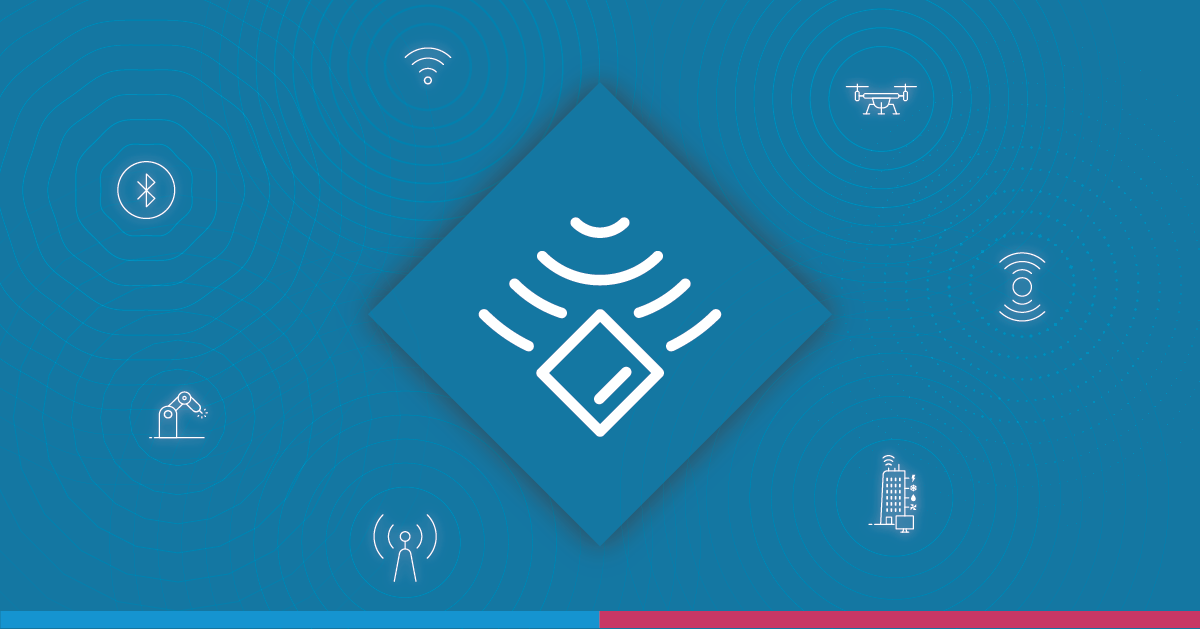More and more industries and governments around the world are regulating cybersecurity standards. The latest is CMMC compliance, that is, the Cybersecurity Maturity Model Certification (CMMC) developed by the U.S. Department of Defense (DoD). It aims to improve the security and resiliency of the more than 300,000+ private sector companies that supply it.
If your organization bids on DoD contracts, or acts as a sub-supplier to an organization that is bound by the CMMC, you must now go through formalized audits and certification processes. Without this, you will be barred from participating in bids.
Using the Nozomi Networks OT and IoT security and visibility solution helps make your CMMC compliance program as cost effective, time efficient and cyber resilient as possible. Let’s look at the CMMC framework and see how our product line helps achieve compliance.
The CMMC Framework Aims to Prevent the Theft of Intellectual Property
In the past, DoD contracts were awarded before suppliers received details on security requirements. This led to a substantial number of failed security audits and fines. This not only added risk to the supply chain, it drove up costs. Placing CMMC certification at the beginning of the contract process reduces both the impact of low adherence to security standards and costs.
A primary goal of the CMMC is to prevent the theft of intellectual property and sensitive information. This information is not classified but is still valuable to malicious actors, and its loss increases risk to national economic security. Such information is labelled Controlled Unclassified Information (CUI).
The CMMC measures cybersecurity maturity with five levels. Each level requires a different level of investment, policies, capabilities, and security controls.
If you haven’t started your certification process journey, you’re at Level 0. If you do not maintain CUI, you may be able to limit your compliance to Level 1 or 2.
However, if you hold CUI and other sensitive data, or intend to move into the CUI environment, you should plan to select Level 3 or higher. Level 3 maturity is similar in nature to NIST SP-800-171 compliance, and may be the best security investment.
In addition to five levels of cybersecurity maturity, the CMMC has two other key elements:
- Domains are cybersecurity processes, practices, and capabilities. There are 17 domains in total and they are mapped across the maturity levels.
- Practices can be thought of as “best practices”. There are 171 practices, and they are mapped across the domains and maturity levels.

Each level includes requirements across 17 domains and 171 practices.1
Determining the CMMC Relevant Environment
Properly determining the systems environment covered by CMMC regulation is critical to obtaining compliance and keeping costs down.
CUI is considered infectious. This means that if there is no clear boundary between the CUI and the systems under consideration, it is assumed that an infection within any CUI component will infect all systems. Just like water, an infection will spread to every available nook and cranny. Therefore, if you have CUI and no boundaries, everything falls within scope of the CMMC.
While evaluating the scope of systems and networks under CMMC regulation, the Nozomi Networks solution provides invaluable insights. It helps identify boundaries and the assets within boundaries – a crucial milestone in the road to compliance. This allows you to focus your efforts on complying with specific CMMC requirements, rather than understanding where your efforts should begin and end.
Using our Guardian product to model and baseline the networks and assets in your facility is extremely useful. It helps you understand actual network activity and communications, plus validate that network segmentation is operating as expected. This ensures that CUI infections don’t spread to other systems, which would expand environments requiring CMMC compliance.
How the Nozomi Networks Solution Supports CMMC Compliance
The Nozomi Networks solution aligns with the CMMC model’s primary directive of enabling infrastructure operations to effectively identify, manage, and reduce cyber risk. By covering several of the core CMMC security domains with a single solution, you can manage security in a holistic and efficient way.
Some of the required CMMC practices are a direct match for features found within our products. For others, our technology provides key support for other tools or processes, significantly reducing the overall compliance challenge.
Our solution then helps you meet requirements in 14 of 17 domains of the framework by:
- Maintaining an up-to-date asset inventory and network topology
- Providing real-time assessment of vulnerabilities, threats, abnormal behavior and cyber hygiene
- Delivering ongoing threat and asset intelligence
- Accelerating incident response and remediation
As you embark on your compliance journey, it will become apparent that using fewer tools to accomplish more, across all layers of IT, OT and IoT infrastructure, is important.
The Nozomi Network solution stands out in this area because of our strong technology alliances. They allow our products to quickly integrate with IT/OT security infrastructure and workflows, maximizing your efficiencies.
CMMC Compliance Made Easy
The Nozomi Networks solution helps determine the CMMC relevant environment and supports 14 of the 17 CMMC domains.
The document available for download below provides the details you need to know exactly how our solution helps you achieve compliance. It explains, for each of the 14 domains, what capabilities and practices our product suite addresses, and how they’re addressed.
If you need to move quickly to achieve CMMC compliance and better cyber resiliency, simply contact us to find out how we can help.
References
- “Cybersecurity Maturity Model Certification (CMMC),” Carnegie Mellon University and The John Hopkins University, March 18, 2020.










